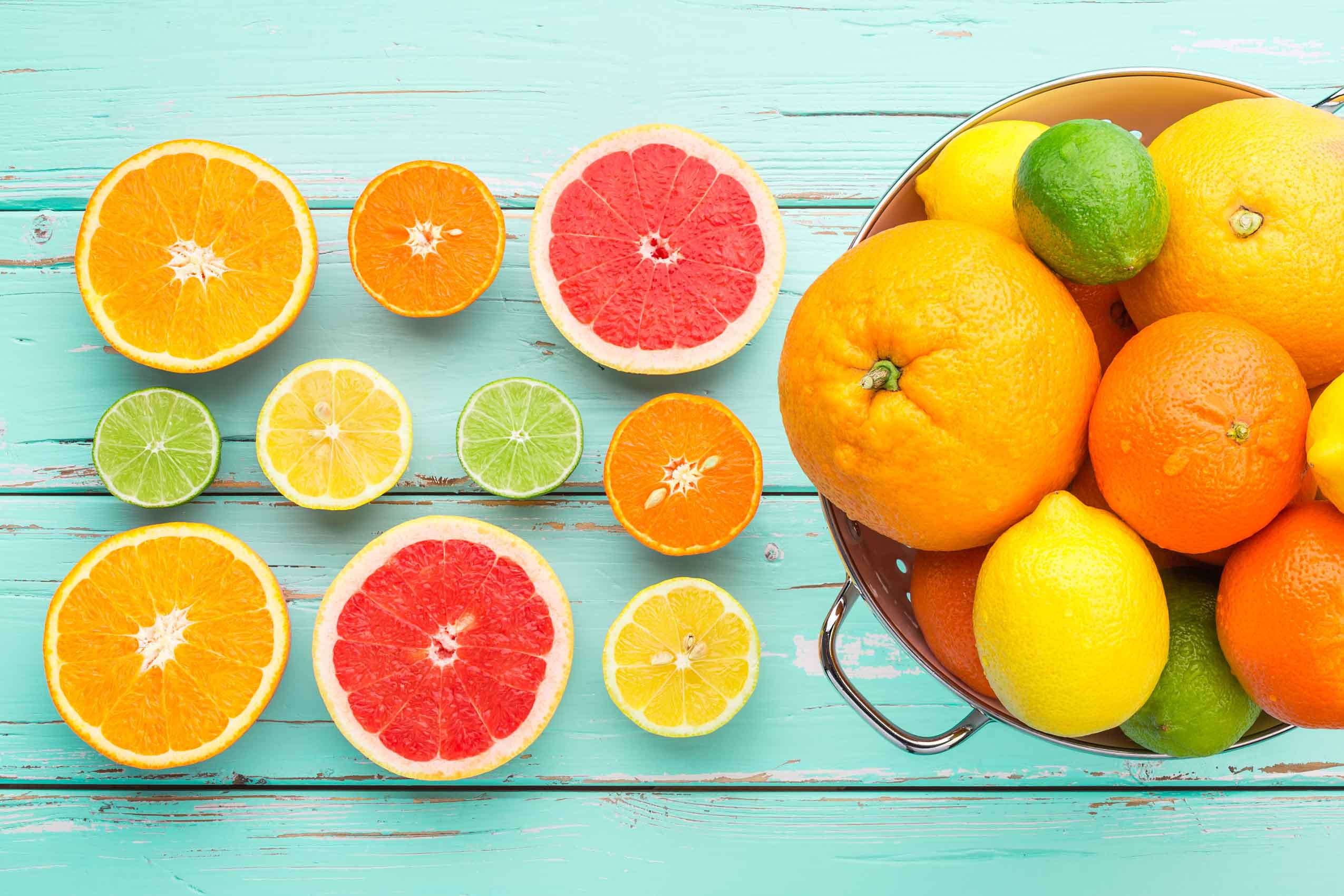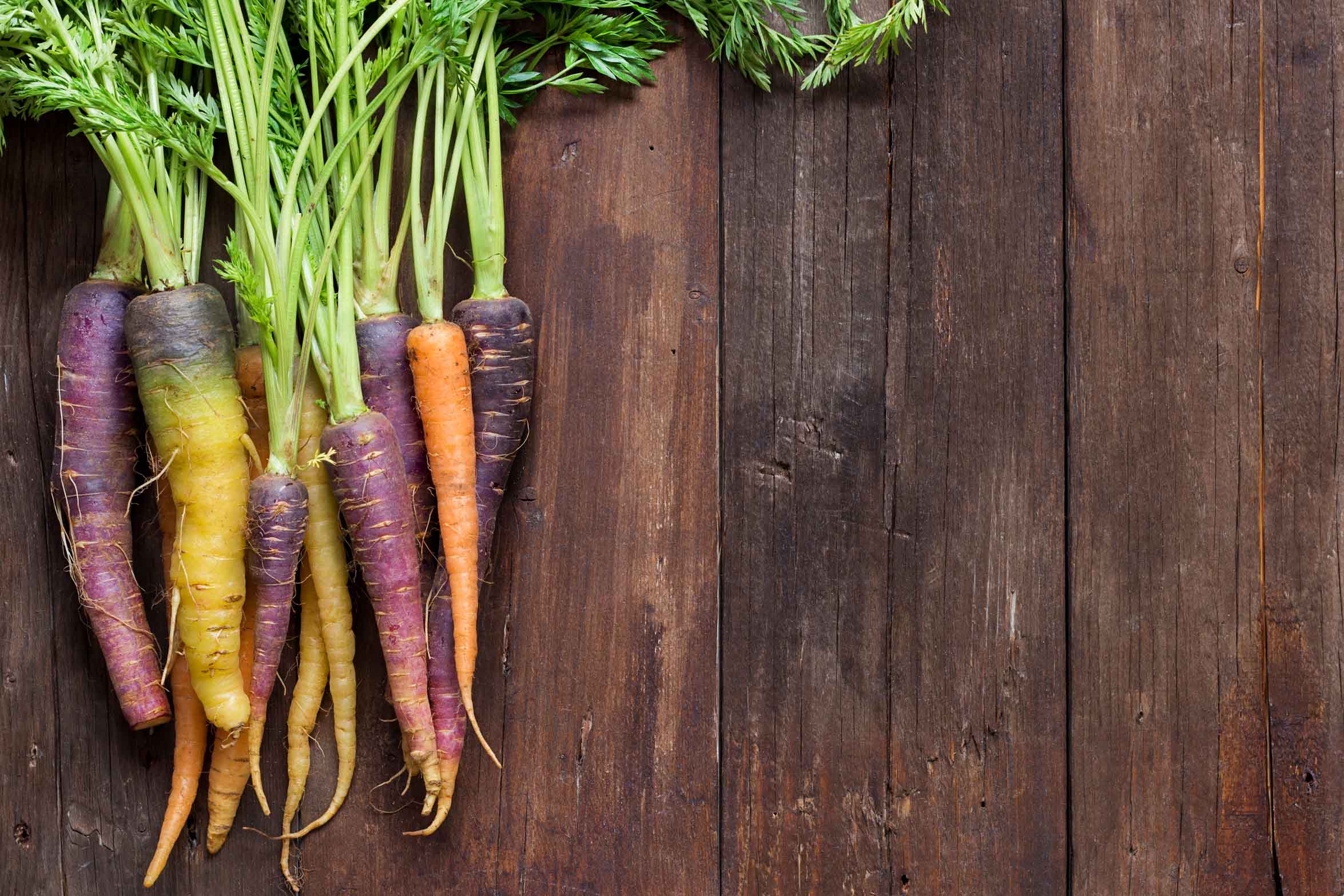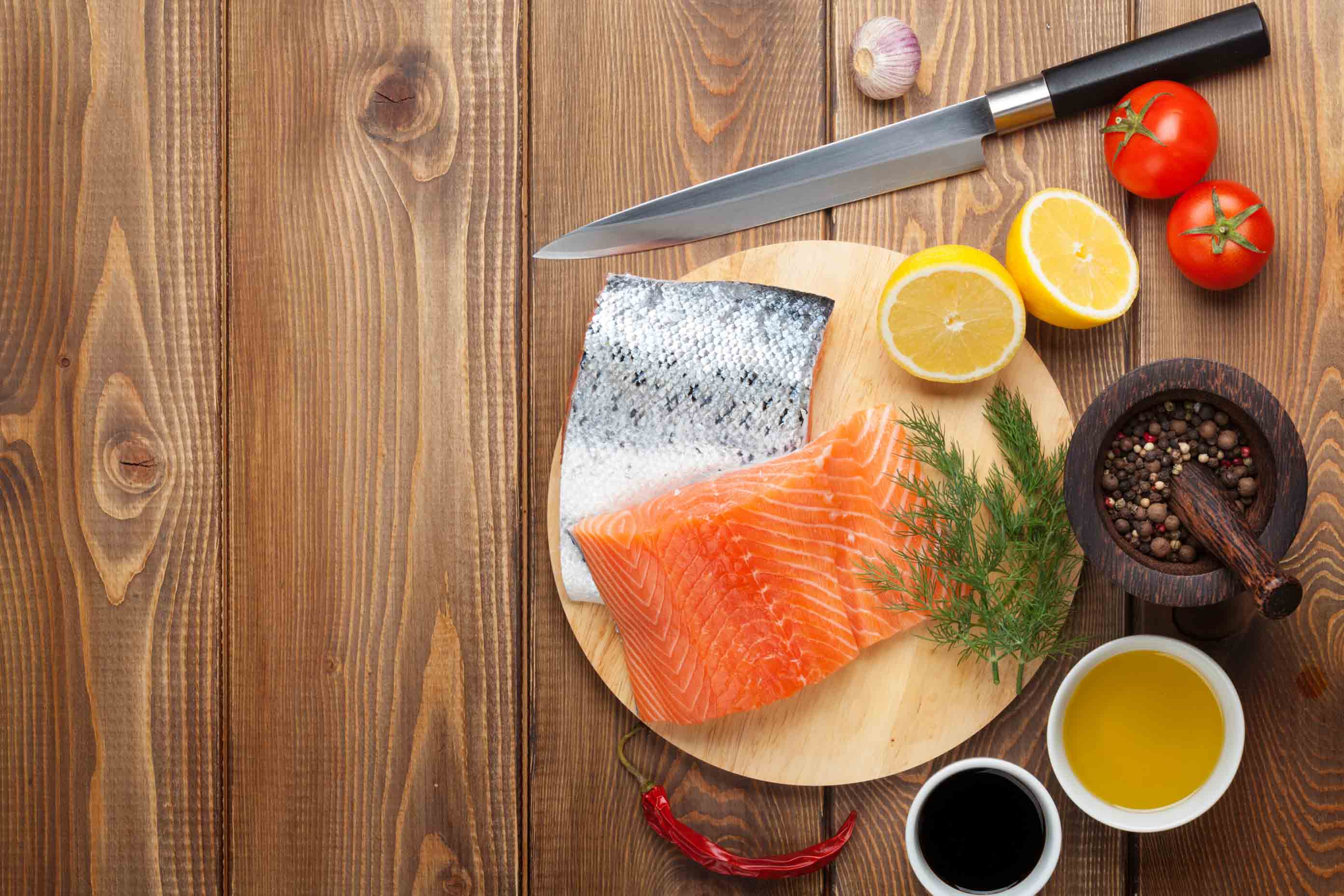Welcome to thoughtful, organic beauty
Hello Joyous is an organic, plant-based, sustainable beauty brand here to bring more joy to your day.
Its summer-time, and that means fun in the sun, which is great because it means physical activity, family time, relaxation and, in general, happiness!
Sun exposure, as we all now by now, should also be taken with care. 90% of all skin cancers are associated with exposure to the suns radiation.
Sunscreens are the first item most of us think of when we think of sun protection, but they are not without controversy -- especially oxybenzone and retinyl palmitate.
The more legitimate concerns around sunscreen effectiveness center around its practical use.
Many of us do not re-apply sunscreen as frequently as required for it to have its desired effect (30 minutes before sun exposure; re-applying every 2 hours, and after swimming and heavy sweating); and it is almost impossible to ensure skin is completely covered.
So, what to do?
Insurance is available in the form of foods you eat! Key nutrients providing protection against UV damage are:
Vitamins C and E

A number of studies have demonstrated the benefit of vitamins C and E in reducing damage to skin cells from exposure to UV radiation. The most interesting of these used a microscopic examination of skin cells after exposure to radiation to determine if the cells of person having taken vitamins C and E had fewer damaged cells.
A second interesting study compared the benefit of using vitamins C and E together, or separately, and found that although they reduce signs of sun damage when used alone (compared to persons receiving a placebo), the greatest benefit was seen when they were used together.
Foods rich in vitamin C include oranges, guava, currants, peaches and kiwi. Vitamin E-rich foods include sunflower seeds and oil, almonds and almond butter, hazelnuts and hazelnut butter and salmon.
Carotenoids

The most relevant carotenoids with respect to skin protection is ß-carotene (beta-carotene), which is found in human skin (and, as you likely know, in carrots). Interestingly, higher doses (150 mg daily) of ß-carotene were less effective than moderate doses (30 mg daily). Supplementation at this level was protective when subjects were exposed to natural sunlight, at a level equivalent to a two-week beach holiday. When exposed to sunlight, subjects not supplementing with ß-carotene saw a decrease of blood ß-carotene to below physiological levels (which may be related to development of cancer), while those receiving the supplement maintained healthy levels.
Similar to the vitamins, ß-carotene was found to be most effective when combined with other anti-oxidants (e.g., vitamins C and E).
Foods rich in ß-carotene include carrots, lettuce, kale, spinach, dandelion greens and mustard greens.
n-3 Polyunsaturated fatty acids

n-3 polyunsaturated fatty acids (omega-3 polyunsaturated fatty acids; n-3 PUFA) found in fish oil have been found to be useful in a range of health conditions, but can also be used to minimize damage to skin from sun exposure.
The mechanism by which the n-3 PUFAs protect skin appears to be by decreasing inflammation (indeed, many of their other health-related uses are inflammation-related).
Research demonstrated that after 4 weeks of supplementation with n-3 PUFAs, subjects in the treatment group saw a significant in increase in in the amount of radiation required to produce skin damage (i.e., their skin was more resistant to radiation damage).
Importantly, it is specific type of n-3 PUFAs called eicosapentaenoic acid (EPA) that are related to health benefits. This is important, because although, for example flaxseeds, are very rich in n-3 PUFAs, fatty fish are the best source of EPA. Fatty fish include mackerel, salmon, and herring.
It is key to understand that dietary changes should be considered an insurance policy against sun damaged skin, not a primary defense. Sun screen is still a more effective means of sun protection (and shade is still the best).
Pulling it All Together
How to maximize the odds that you protect your skin from damage by sun, preventing painful sunburns in the short-term, and skin cancers in the long?
Shade - wear hats and swim shirts and stay enjoy shade.
Wear sunscreen - avoid spray sunscreens because their coverage is unreliable and because the spray can be inhaled. Also, avoid sunscreens with SPF values higher than 50 they are not reliable. For more information choosing a sunscreen thats safe and right for you, check the Environmental Working Groups sunscreen guide here.
Ensure you use whichever sunscreen you choose as directed, re-applying often, and thoroughly
Enjoy foods rich in vitamins C, E, carotenes and n-3 PUFAs (particularly EPA). This means lots of fruits and salads, and perhaps some fish on the barbeque. Make sure you eat a range of foods as the protective nutrients seem to work most effectively when combined.
Begin your sun protection regimen early - 10-weeks before a sun holiday or the time you expect to be spending getting a lot of sun.
Get out, have fun and enjoy your summer!
References
Morison WL, Wang SQ. Sunscreens: safe and effective? [Internet]. Skin Cancer Foundation [cited 2015 Jul 14]. Available at: http://www.skincancer.org/prevention/sun-protection/sunscreen/sunscreens-safe-and-effective.
EWGs guide to sunscreens. [Internet]. Environmental Working Group. [cited 2015 Jul 14]. Available at: http://www.ewg.org/2015sunscreen/.
Boelsma E, Hendriks HFJ, Roza L. Nutritional skin care: health effects of micronutrients and fatty acids. Am J Clin Nutr [Internet]. 2001 May [cited 2015 Jul 14];73(5). Available at: http://ajcn.nutrition.org/content/73/5/853.full.
Self Nutrition Data [Internet]. [cited 2015 Jul 14]. Available at: http://nutritiondata.self.